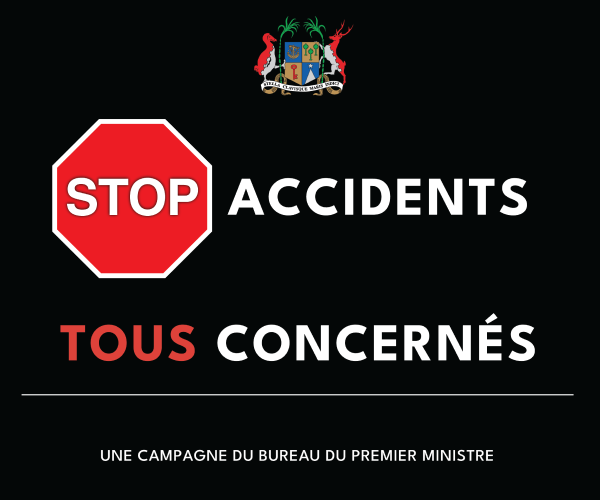The Bulletin of the Atomic Scientists set the “Doomsday Clock” much nearer to midnight than ever before on Tuesday, saying threats of nuclear war, disease, and climate volatility have been worsened by Russia’s invasion of Ukraine, putting humanity at greater risk of destruction.
The Bulletin created the “Doomsday Clock” in 1947 to show how near humanity has reached the end of the world. The Clock moved its “time” in 2023 90 seconds closer to midnight, making it 10 seconds closer than it had been in the last three years.
Midnight, according to this clock, marks the point of full devastation.
Based on the scientists’ assessment of existential risks at a certain time, the hands of the clock are pushed in either direction toward or away from midnight.
The shift in the clock is a sign of the world wherein Russia’s invasion of Ukraine has renewed fears of a nuclear war.
Talking about the event, the bulletin’s president and CEO, Rachel Bronson, in a news conference said, “Russia’s thinly veiled threats to use nuclear weapons remind the world that escalation of the conflict by accident, intention or miscalculation is a terrible risk. The possibilities that the conflict could spin out of anyone’s control remains high.”
Brosnan also said that the bulletin will translate the announcement from English into Ukrainian and Russian to get the relevant attention.
The Bulletin, based in Chicago, is a non-profit organization that moves the time in the clock every year, based on the data collected about fatal risks to Earth and humanity.
The process works with the bulletin’s scientists and other experts along with 13 Nobel laureates, on the board, some of them being experts in the fields of nuclear technology and climate science, discussing world events and governing where the hands of the clock should be placed.
The lethal threats that the clock reflects include weapons, climate change, politics, technology, and pandemics.
Since 2020, the clock had shifted 100 seconds closer, the closest to midnight until now.
The board feared that the Russia-Ukraine war has also increased risk of biological weapons being used, in case the war continued.
“The continuing stream of disinformation about bioweapons’ laboratories in Ukraine raises concerns that Russia itself may be thinking of deploying such weapons,” Bronson said.
Sivan Kartha, a scientist at the Stockholm Environmental Institute and a member of the bulletin board, claimed that in addition to pushing natural gas prices to record highs, the war had also encouraged businesses to find natural gas sources outside of Russia and converted power plants to coal as an alternative energy source.
“Global carbon dioxide emissions from burning fossil fuels, after having rebounded from the COVID economic decline to an all-time-high in 2021, continue to rise in 2022 and hit another record high… With emissions still rising, weather extremes continue, and were even more clearly attributable to climate change,” he said, referring to the destructive flooding in Pakistan in 2022 as an instance.
The clock was created by a group of atomic scientists which also included Albert Einstein, who had contributed to the Manhattan Project to make the world’s first nuclear weapons during World War Two.
More than 75 years ago, it started ticking at seven minutes to midnight.
The first time the clock was farthest to Doomsday, that is midnight, was in 1991 when it was 17 minutes away. That was the time when the cold war had ended and the two hegemonic nations, the United States and Soviet Union had signed a treaty that significantly lessened the stock of nuclear weapons of both countries.






